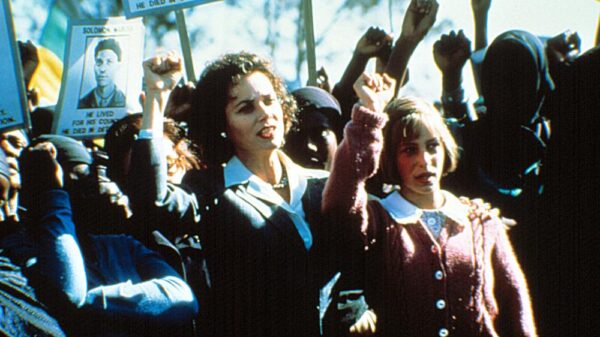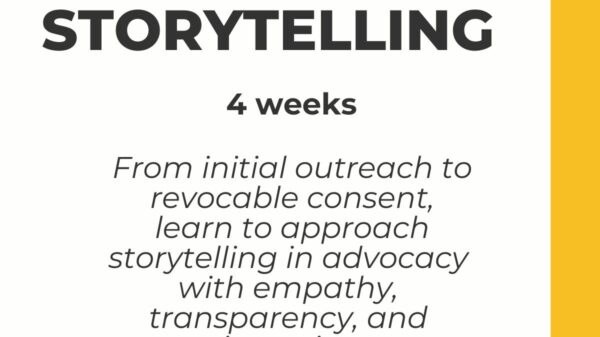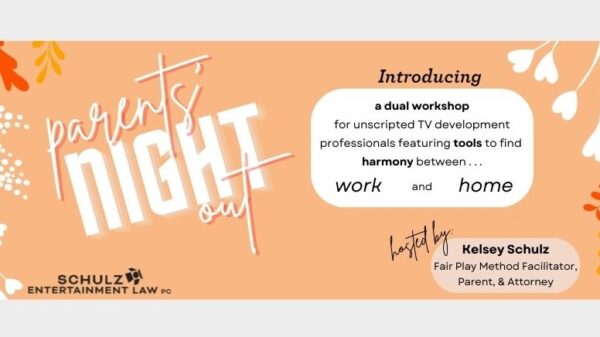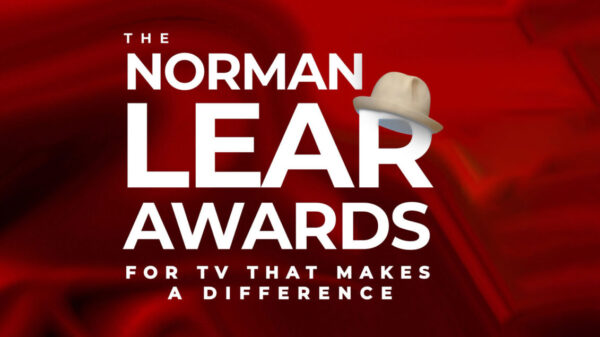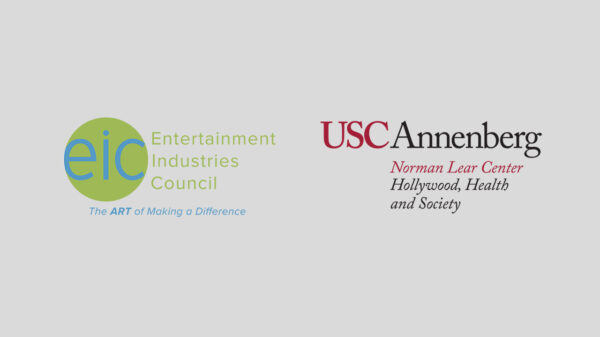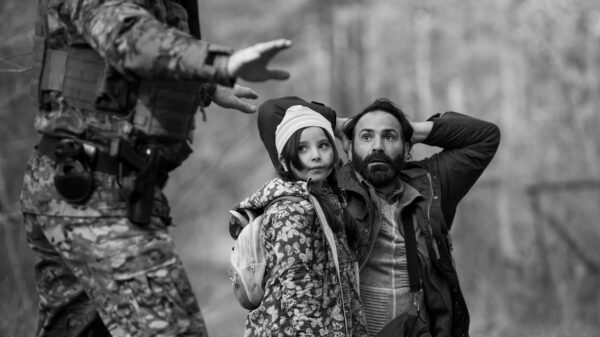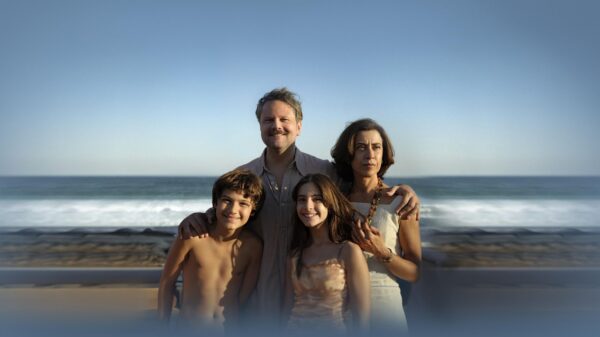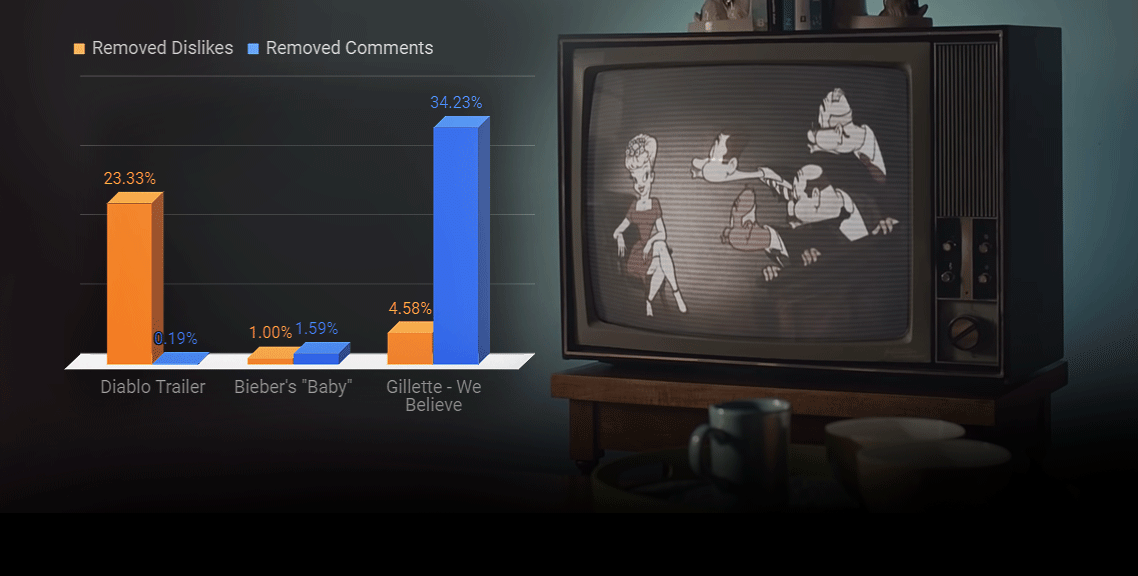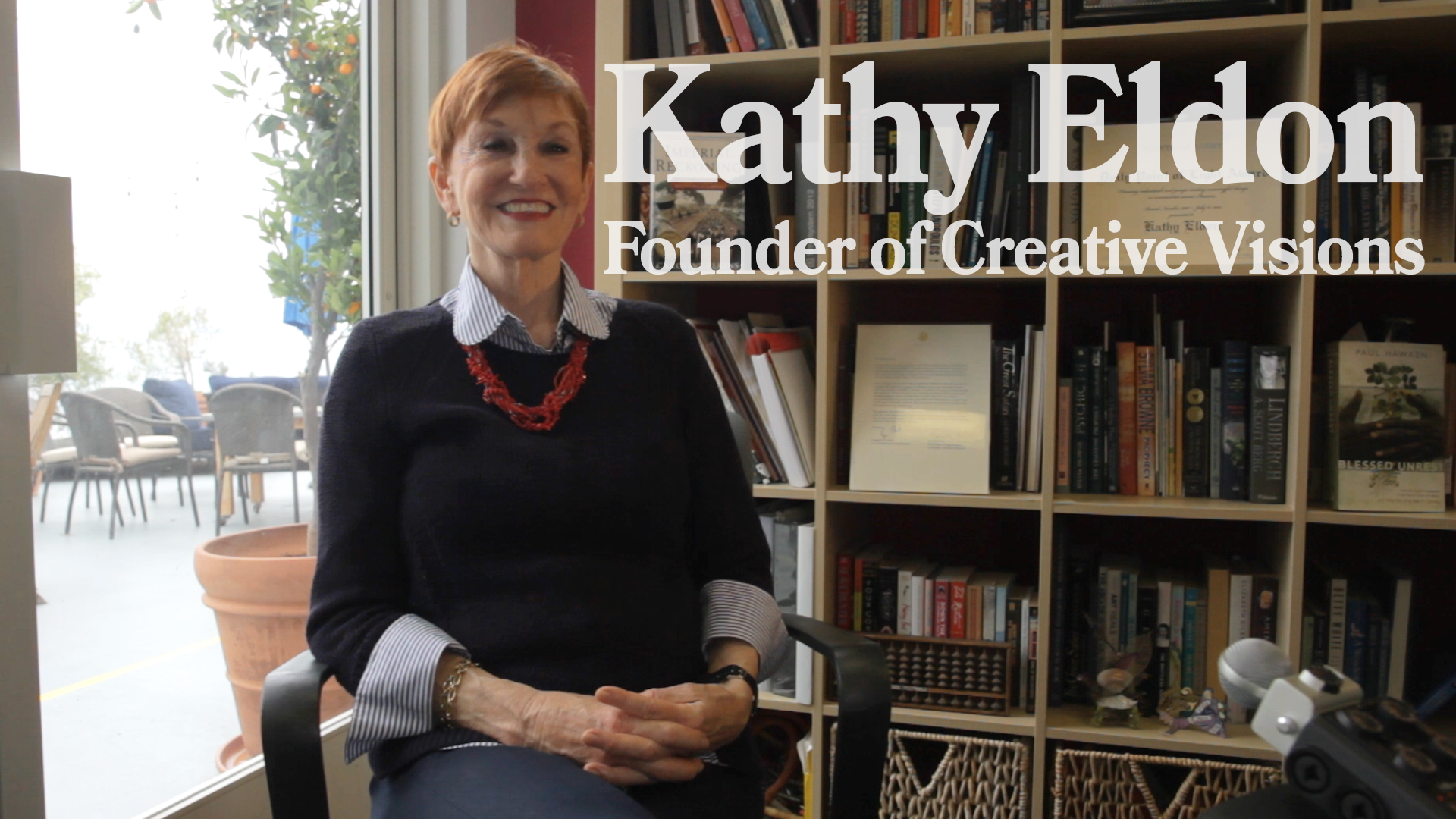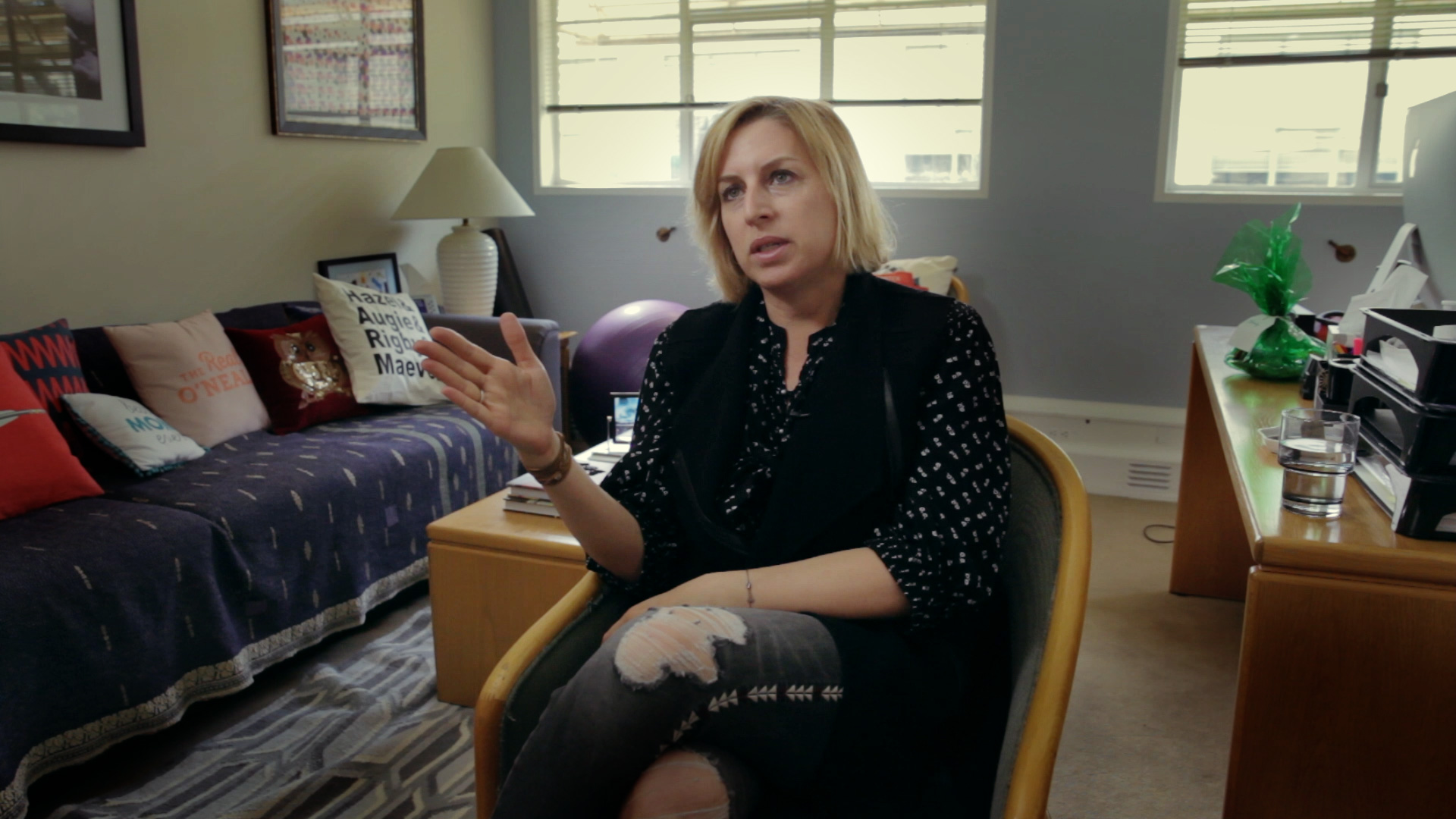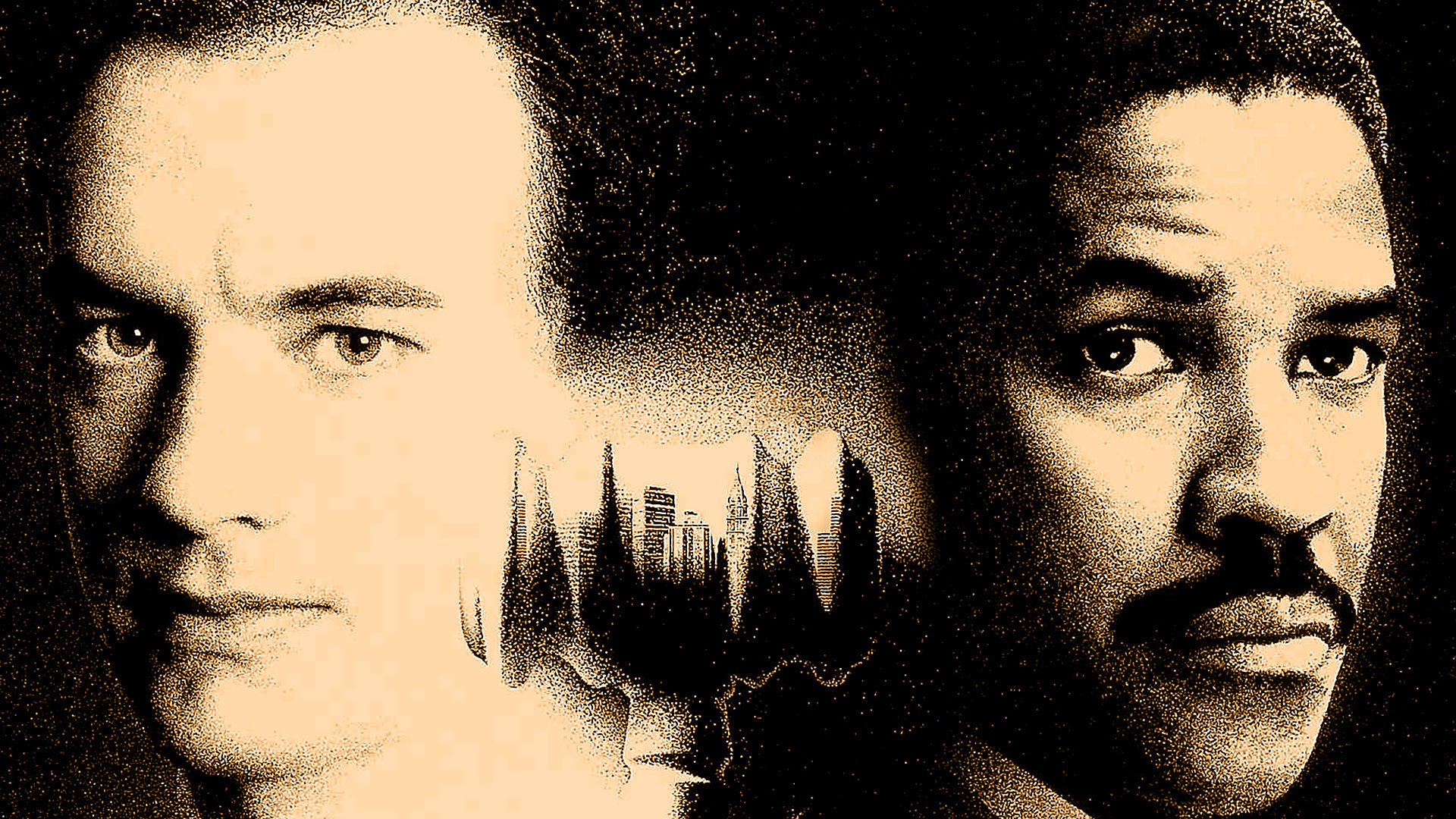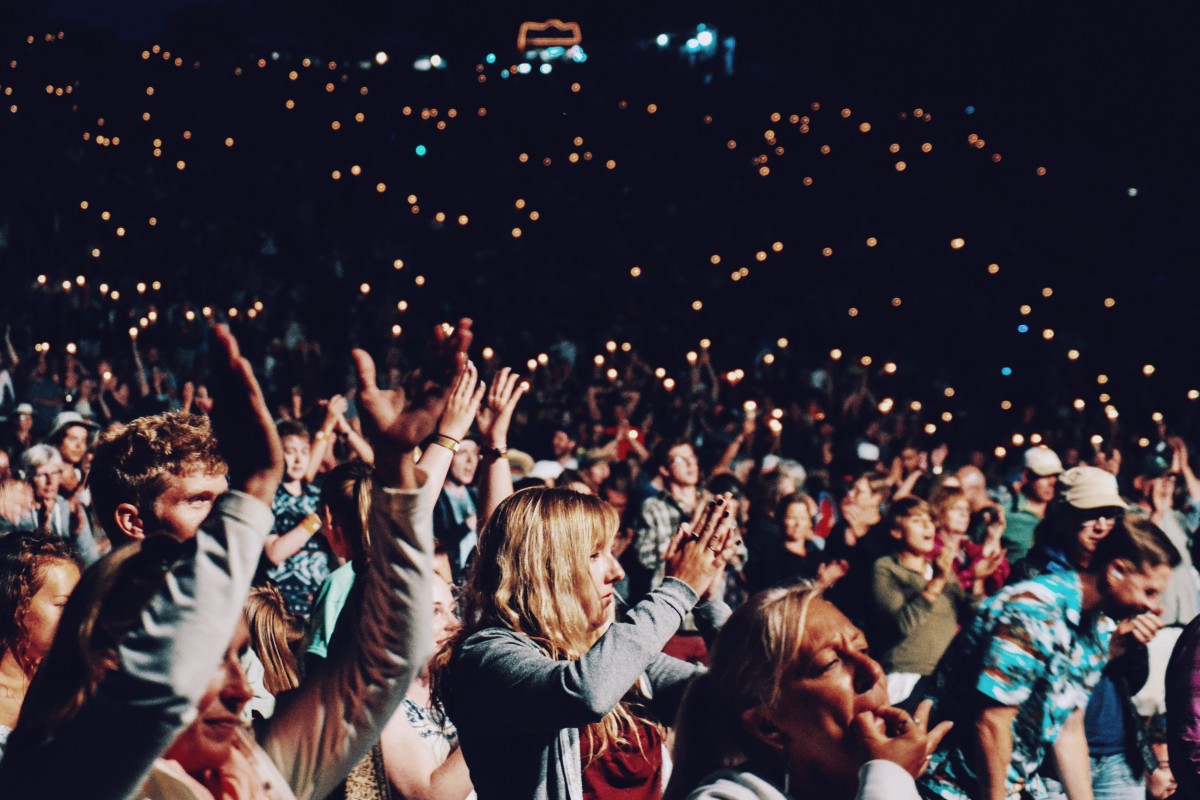“… Und wo eben kaum eine Hütte war, dies zu empfangen, / ein Unterschlupf aus dunkelstem Verlangen / mit einem Zugang, dessen Pfosten beben, – / da schufst du ihnen Tempel im Gehör.” – Rainer Maria Rilke, Sonette an Orpheus.
[“… And where there was barely even a hut to receive this, / a hiding-place out of darkest desire, / with an entrance whose posts tremble, – / there you made them an auditory temple.” – Rainer Maria Rilke, Sonnets to Orpheus.]
For the anglophone, the most characteristic aspect of the sonic environment of movies starring Arnold Schwarzenegger is the heavy regional Austrian accent that his characters all seem to carry, a trait which goes entirely without commentary, at least in the swath of his filmography I’ve been enculturated with as an American man, despite its crucial role in his persona outside of film. We hear this accent markedly, it constitutes a most palpable aspect of the audio half of the audio-visual medium when we encounter Schwarzenegger’s laconic [as in λακεδαιμόνιοι] one-liners, as when in Predator he says “stick around” to a man he just impaled against a wooden post using a massive knife, suspending him off the ground; yet the question of why he says this in a heavy regional Austrian accent is met with little investigation even though his character has an American name and is operating in the interests of the American government. His accent is perpetually met with less attention than the other salient aspects of his screen presence, such as his musculature or lack of expression. It is a kind of fourth wall, one that can be seen with accents in general — especially when as a heavily sound-oriented person — and this sonic fourth wall could be a contributing factor to why cinema as it is still constitutes an unfamiliar medium to the auditory person even though film has had an established relationship with music and sound, via whatever means available, for a very long time.
But why must this be so? What happened to hearing, that we are only allowed listening and non-listening? Is seeing truly so much more important than hearing that we are forced to utterly disregard the sonic aspects of human experience, or reduce them to something trivial and incidental? Music has accompanied film for a very long time, performed or prerecorded, yet hearing per se, as a cognitive and phenomenological dimension of experience distinct from listening with intent or being presented with a sound, has yet to be accorded the place it deserves in the technical repertoire of filmmaking. Yes there are various awards for sound and music, and a healthy market for soundtrack albums, but these are still culturally secondary to the image. Anyone with an auditory nature is aware of this when sitting in the theater, and it is made even more evident by the quality speakers that most cinemas have these days. But even with good speakers at hand, the dominance of visual culture in society has interfered with the proper and thorough exploration of sound as an equally important aspect of the medium as image.
Hearing is ever-present, even in environments where sound per se is reduced or nullified. Extremely quiet rooms reduce our sources of sonic information to those noises originating within our bodies, such as our blood and intestines moving. As I write this I can hear the traffic passing by outside, quite prominently and loud enough that I must make a tradeoff between listening to music and closing the window, but this is distinct from the pleasure that many composers (myself included) sometimes derive from the largely unpredictable and chaotic sound environment of the streets. A film crew shooting in the same room would take measures to eliminate that background noise, to make it unavailable for hearing, even as many composers and bands have used road noises to artistic effect. For the purposes of controlled shooting this makes sense, but the practice encourages a negative attitude towards hearing as something that has to be reined in, only used deliberately and for the sake of supporting visual information.
We should unclog our ears and take hearing back, embracing the full potential of hearing and its relationship to listening, elevating sound to the same level of centrality as the image, without subordinating moving pictures to music or vice versa, so as not to limit ourselves to one sense alone. There is more to sound than just music, just dialog, and more to the music, even the music in the sway of a camera, than a soundtrack constructed solely to underscore a moving image. We must build a temple between our ears.


